Creativity ideas often come from the heart; however, to bring that to reality, the right tools are required, and being a craftsman myself, I've got loads of tools that usually come in handy when I want to craft this masterpiece. Today I'll be sharing some tools I use often when making shoes, and I'll also be sharing my dreams about this and my plans to transfer this knowledge to my children.
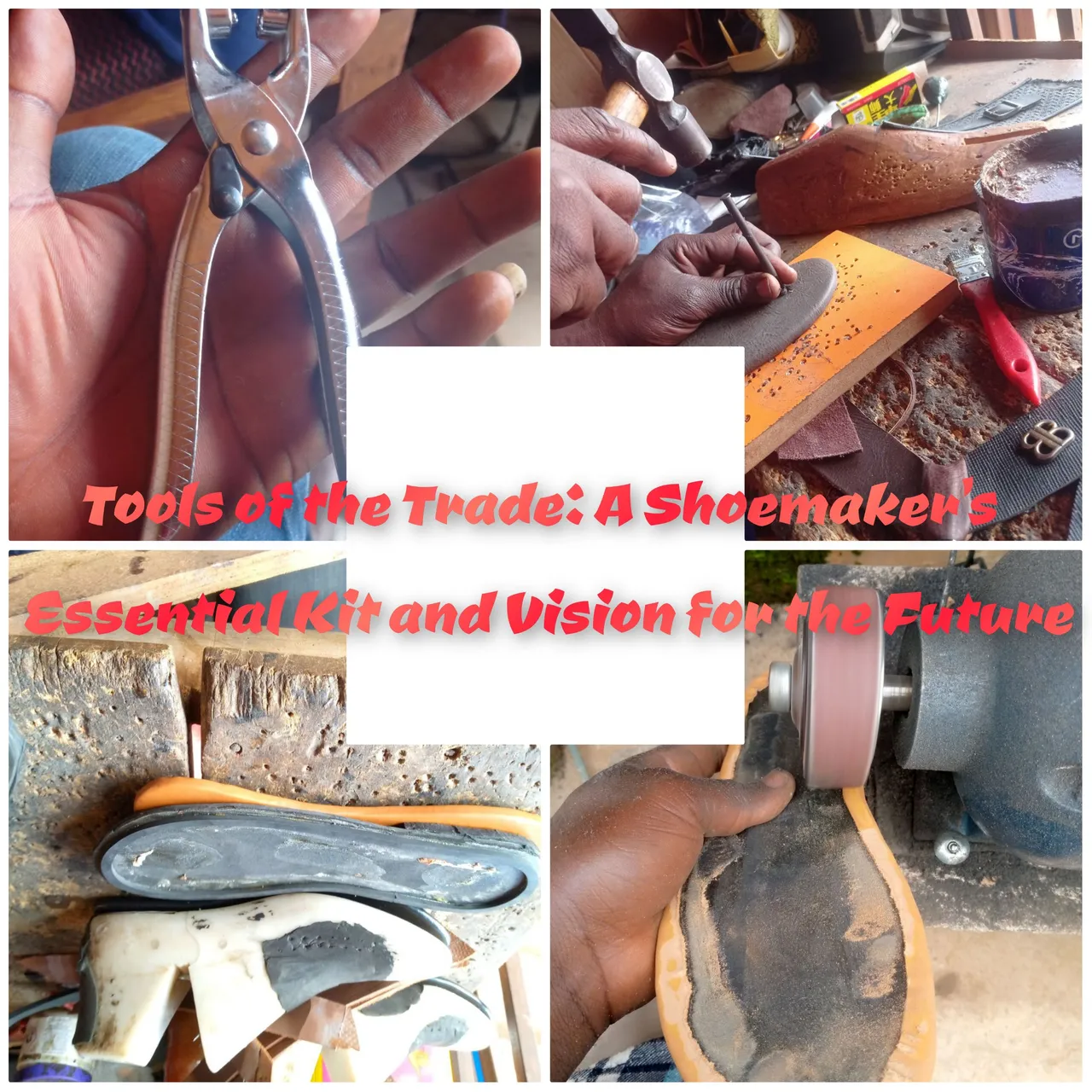
As most of my followers might know, I'm into shoemaking and often share do-it-yourself blog posts about how I made most of this footwear. Today, in response to the Inleo prompt in conjunction with hive DIY, I'll be taking you through the tools I often use, and without further ado, let's get into their details.
Shoemaking tools
Biro: You see, when it comes to shoemaking, the Biro can't be put aside because it's probably one of the very first tools required when we want to make shoes. It's required to draw out patterns of the shoe strap design, trace out the shape of the outsole, and the like, and without it, it'll be very difficult to get a perfect and accurate shape for our shoes.
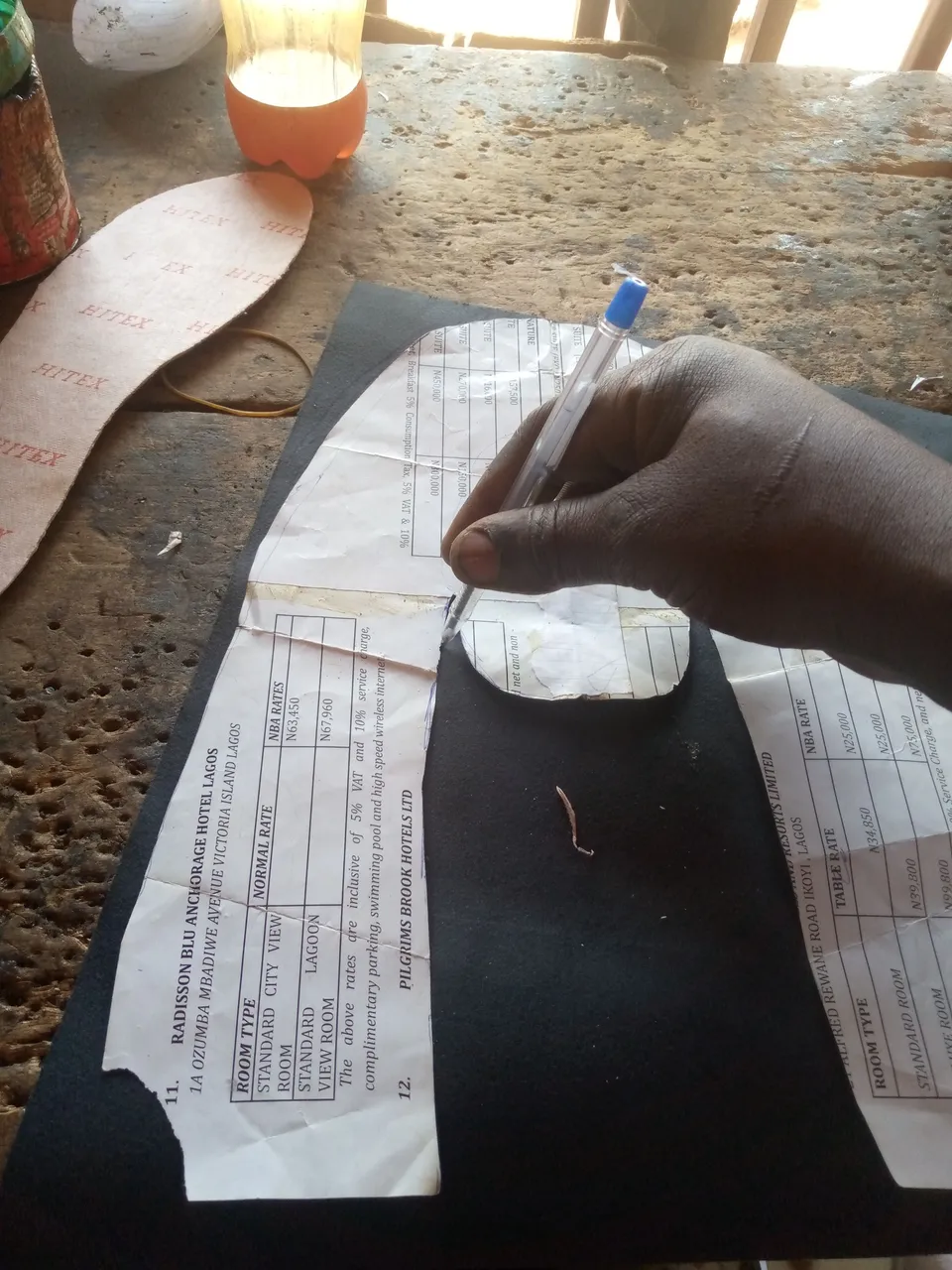
Scissors: the scissors are another important tool when it comes to shoemaking; it's one of the tools we can't do without when making footwear, and that's because we use them to cut out the pattern that has been drawn, cut off loose thread, and the like. We also dedicate different scissors for different fabrics to cut; for instance, we've cut ones we can use for cutting paper patterns and another dedicated to cutting leather.
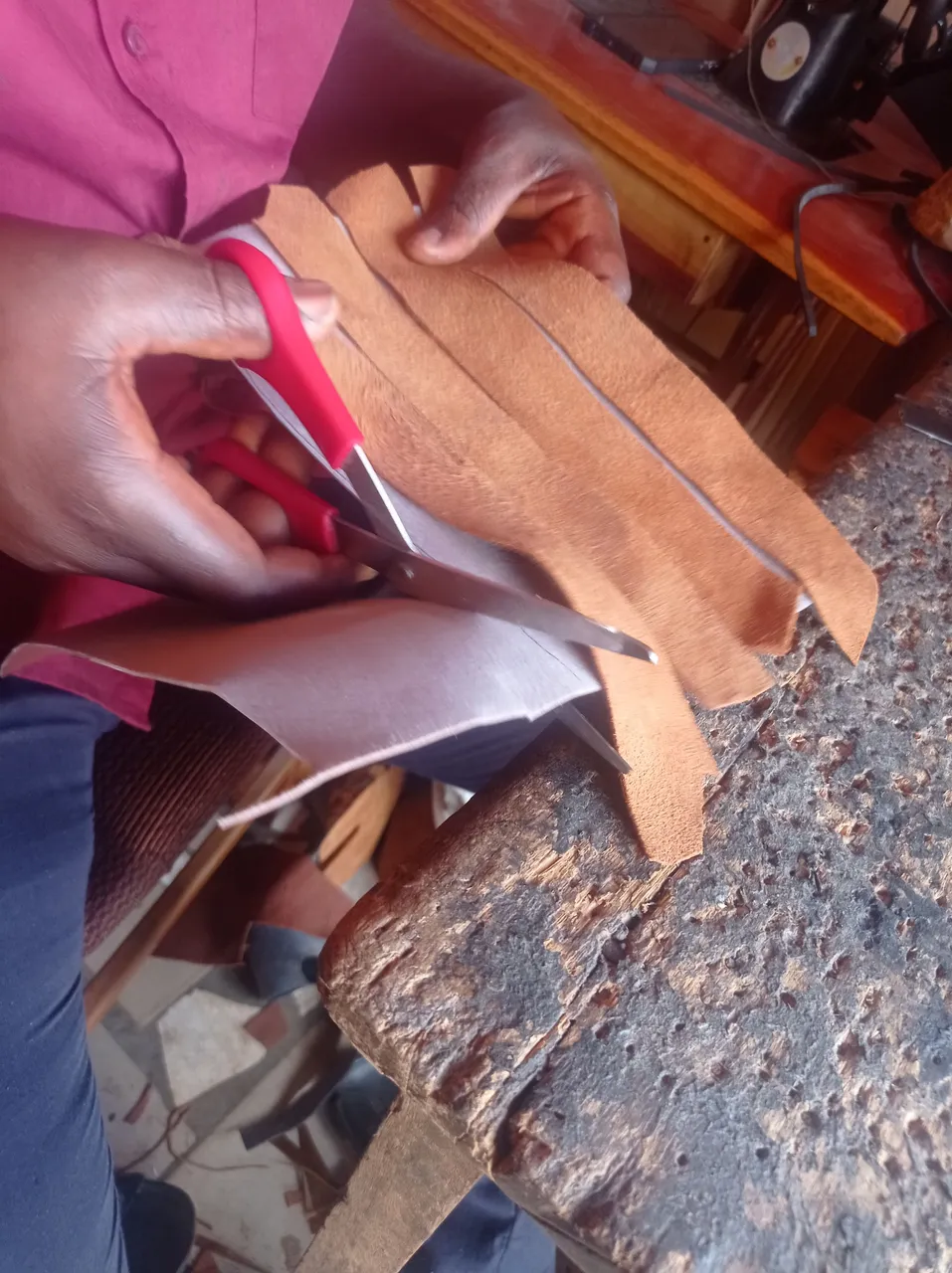
Brush: The brush is also very important for my job in making shoes. For instance, most shoes require gum to stick perfectly together, and one way to apply those gums to the leathers and soles is by dipping the brush into the gum can and then applying it to the leathers.
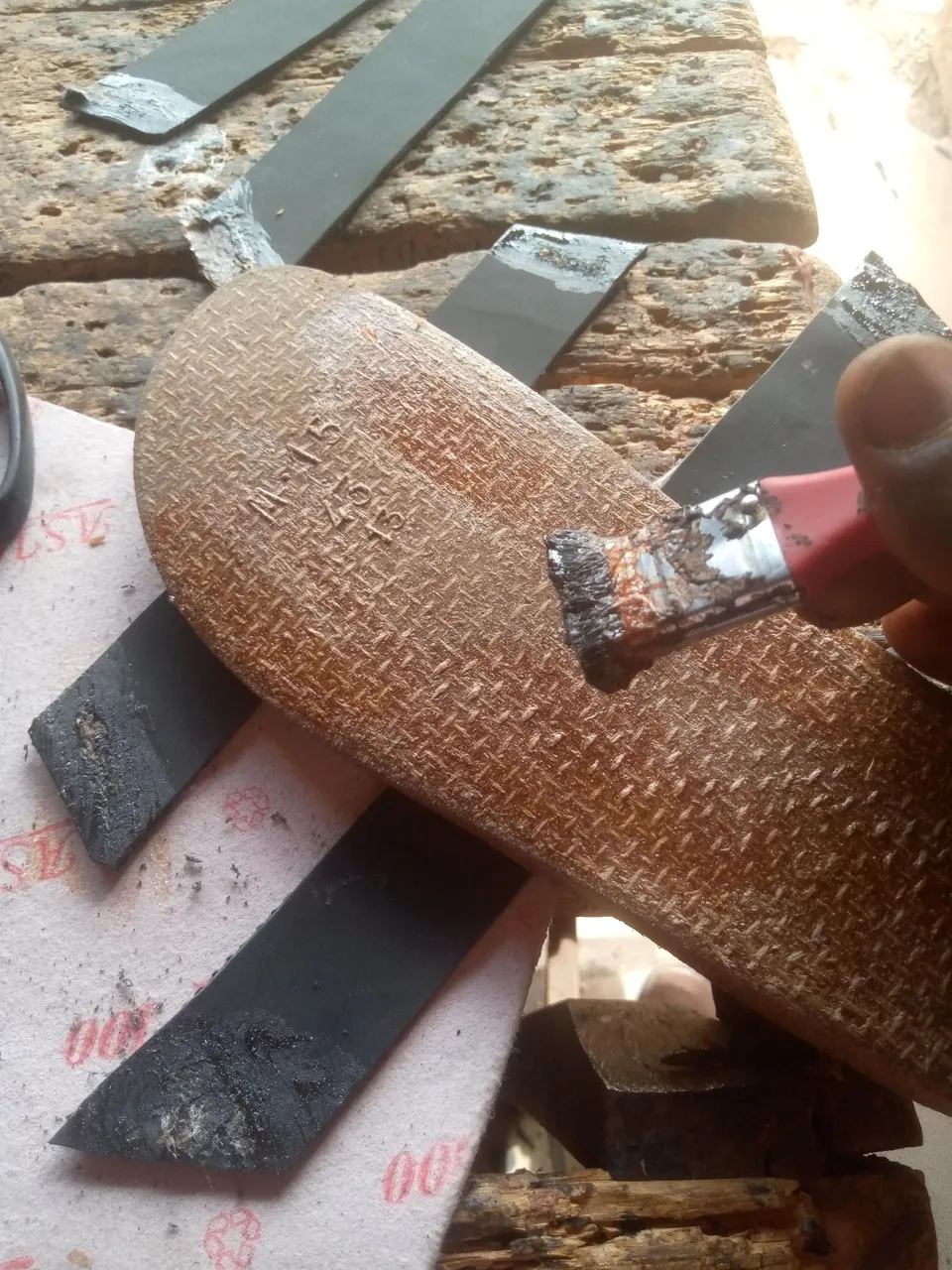
Hammer: The hammer plays an important role in shoemaking at different stages of the work. For instance, when you're trying to punch a hole for shoelaces, you'll need the hammer to hit the puncher. Also, at the final stage of shoemaking, we often use the hammer to gently hit the shoe so the outsole and insole can still be held together more firmly.
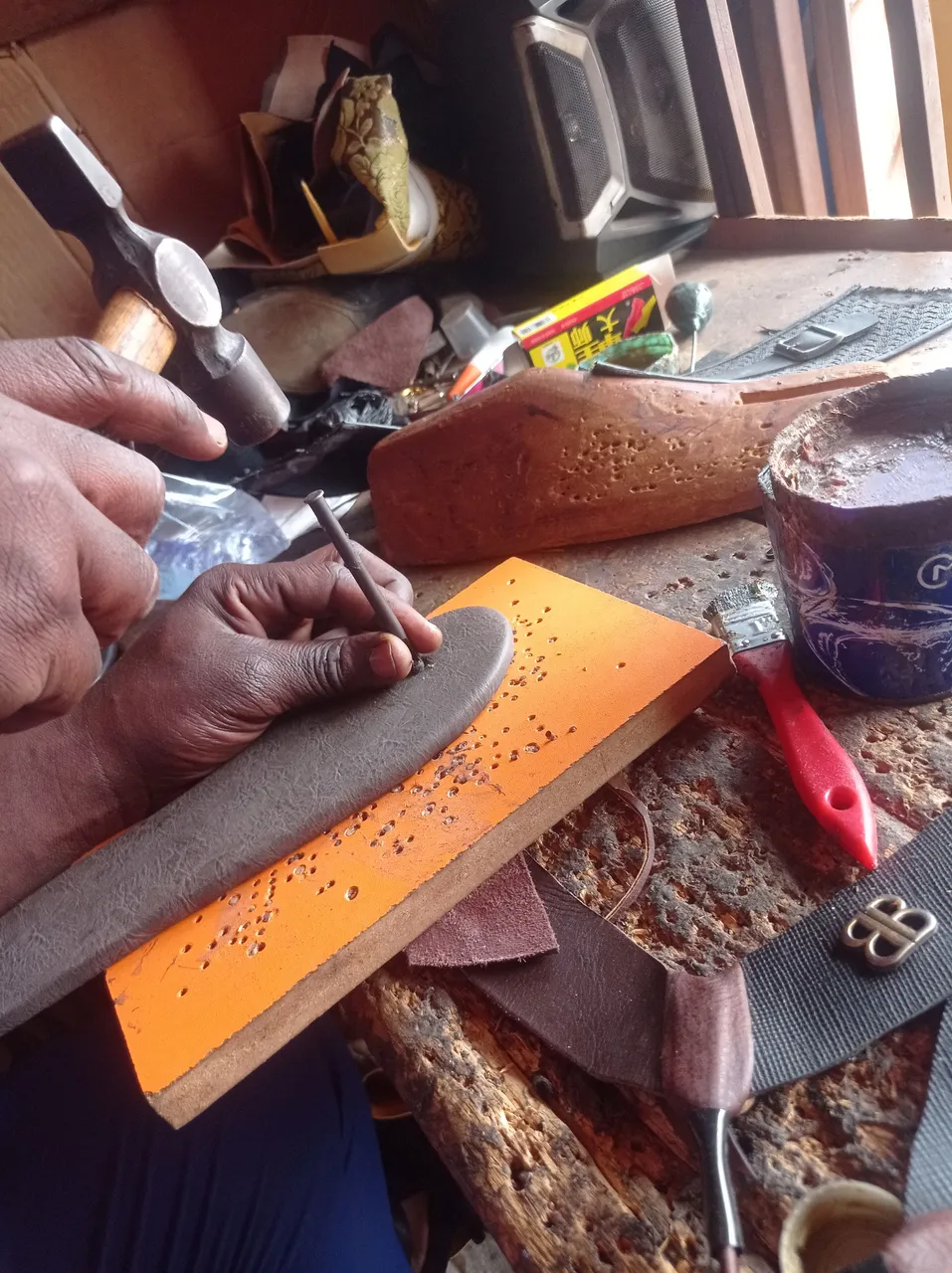
Puncher: The puncher is not often used in most of the shoes I make, yet it's important in other shoes I make. It's just to punch holes in the insole so I can put the strap through, and I also use it to punch holes in the shoes for the shoelace and the like.
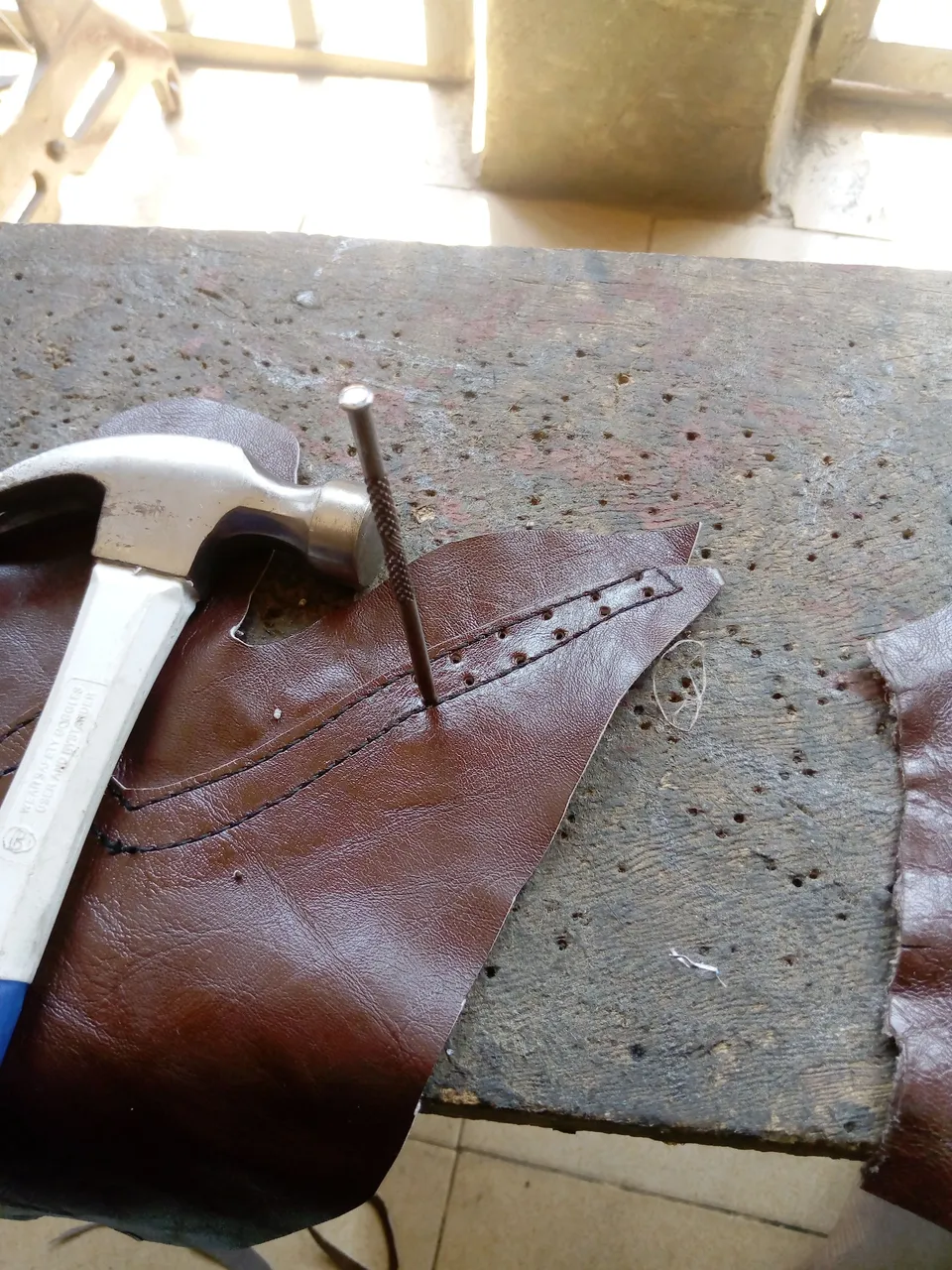
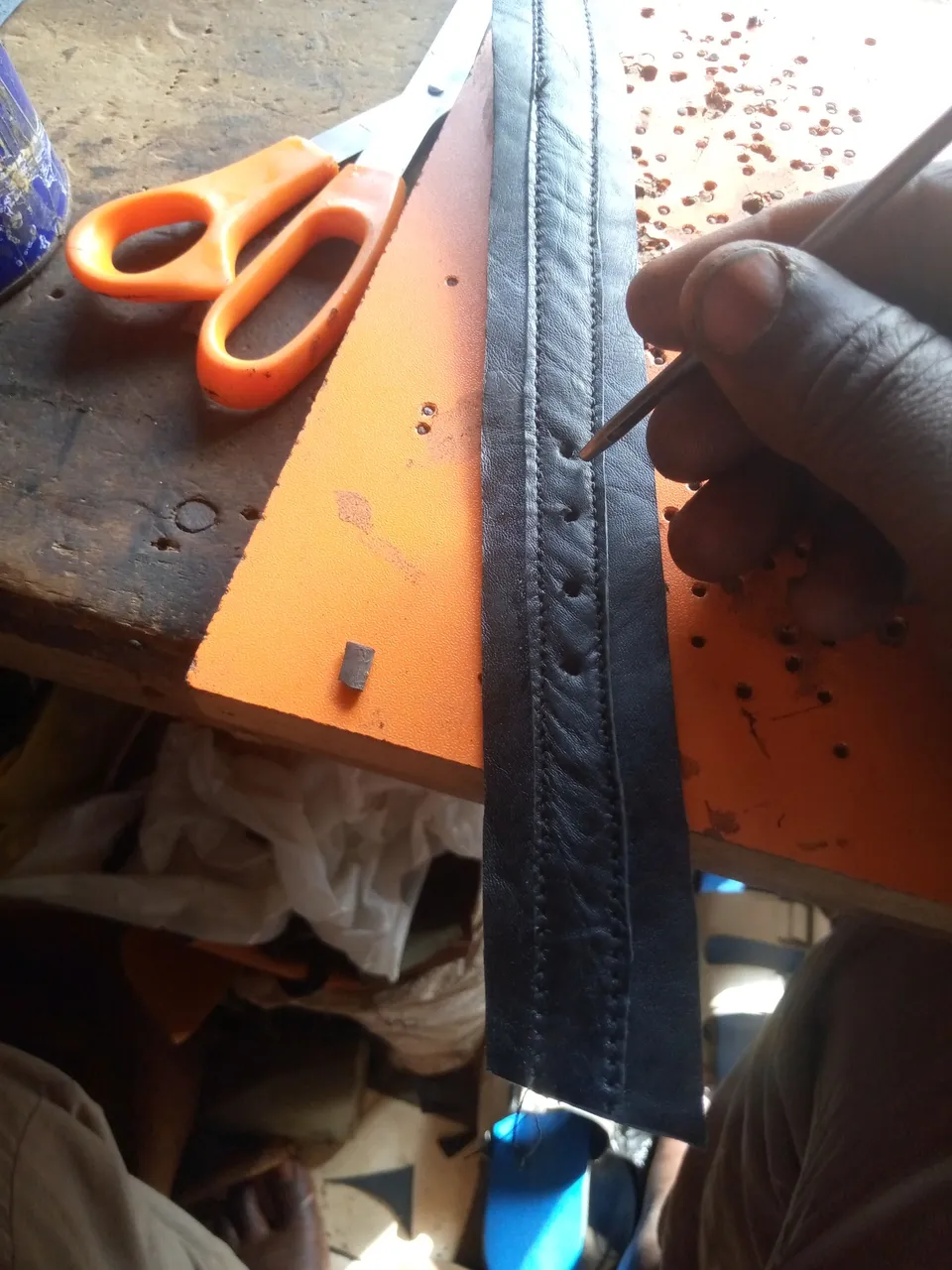
Eyelet plier: The eyelet plier is used to fix the eyelet on the holes punched in shoes, and what I call eyelets are the rings that are usually around the shoelace hole. You can see how they're used in the picture.
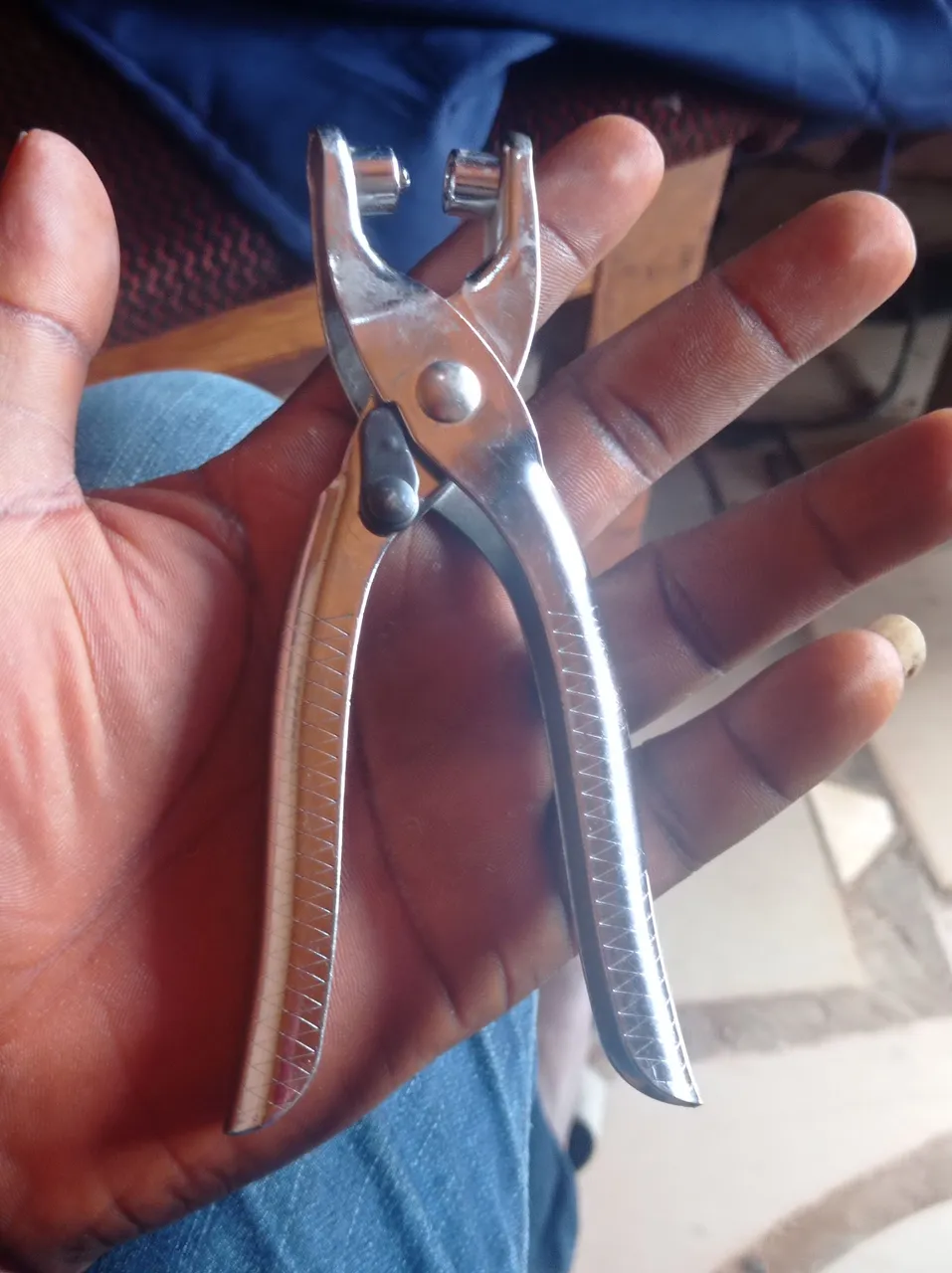
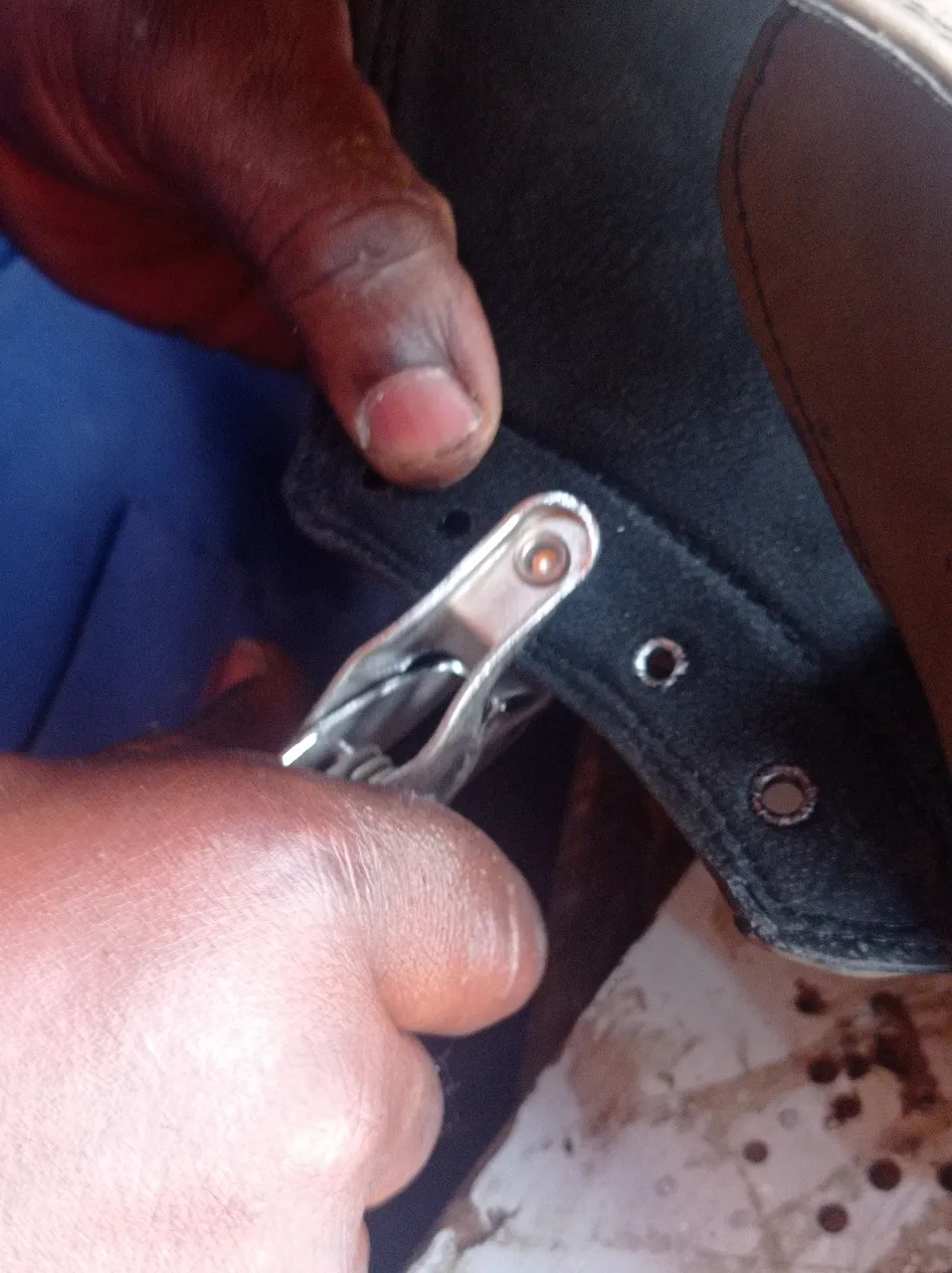
Shoelast: is often either wooden or made of hard plastic shaped like a human foot. It's used to build shoes around, and since it comes in different sizes, we can use it to cross-check the shape and fittings of shoes, and most especially to aid lasing.
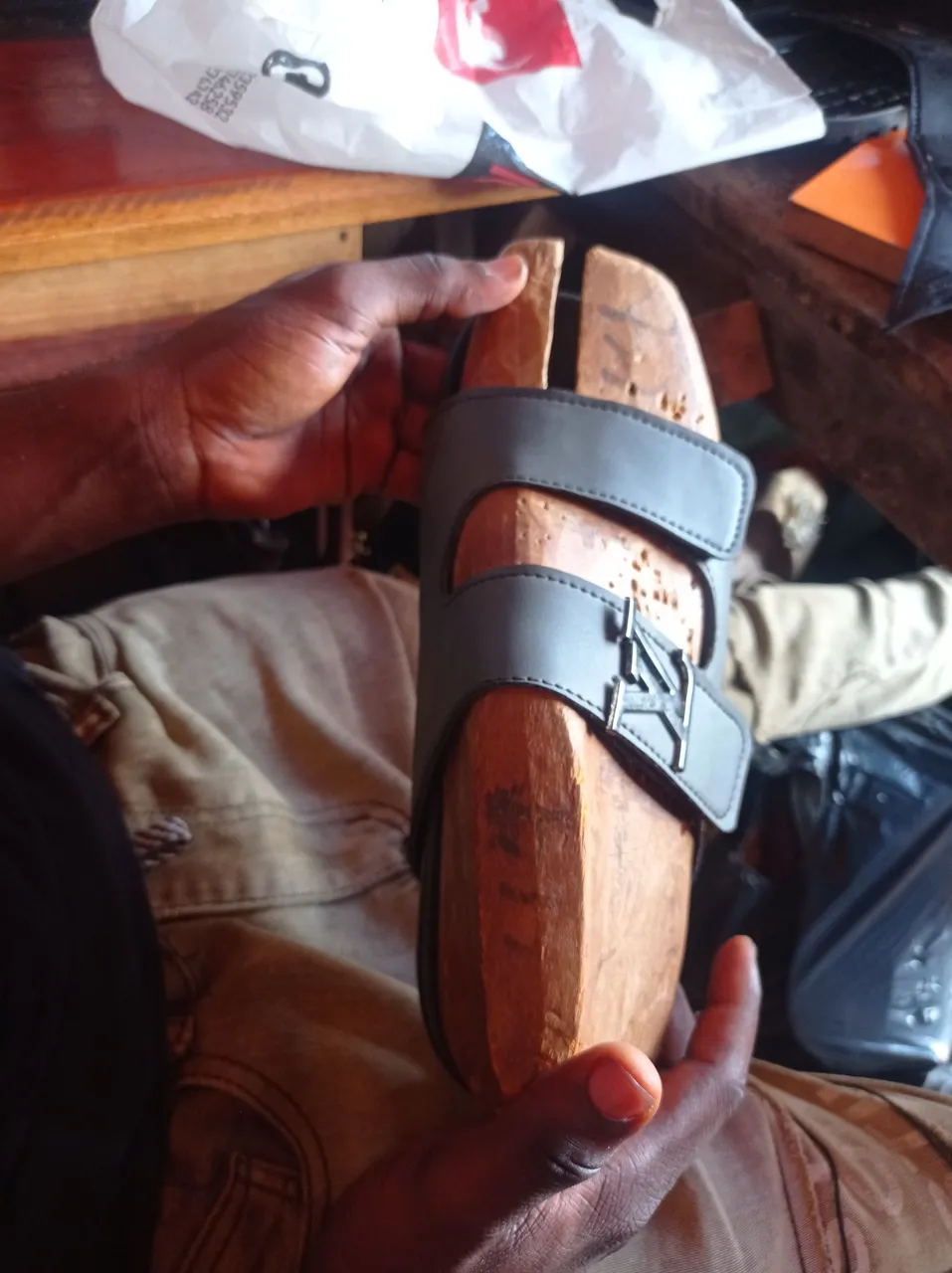
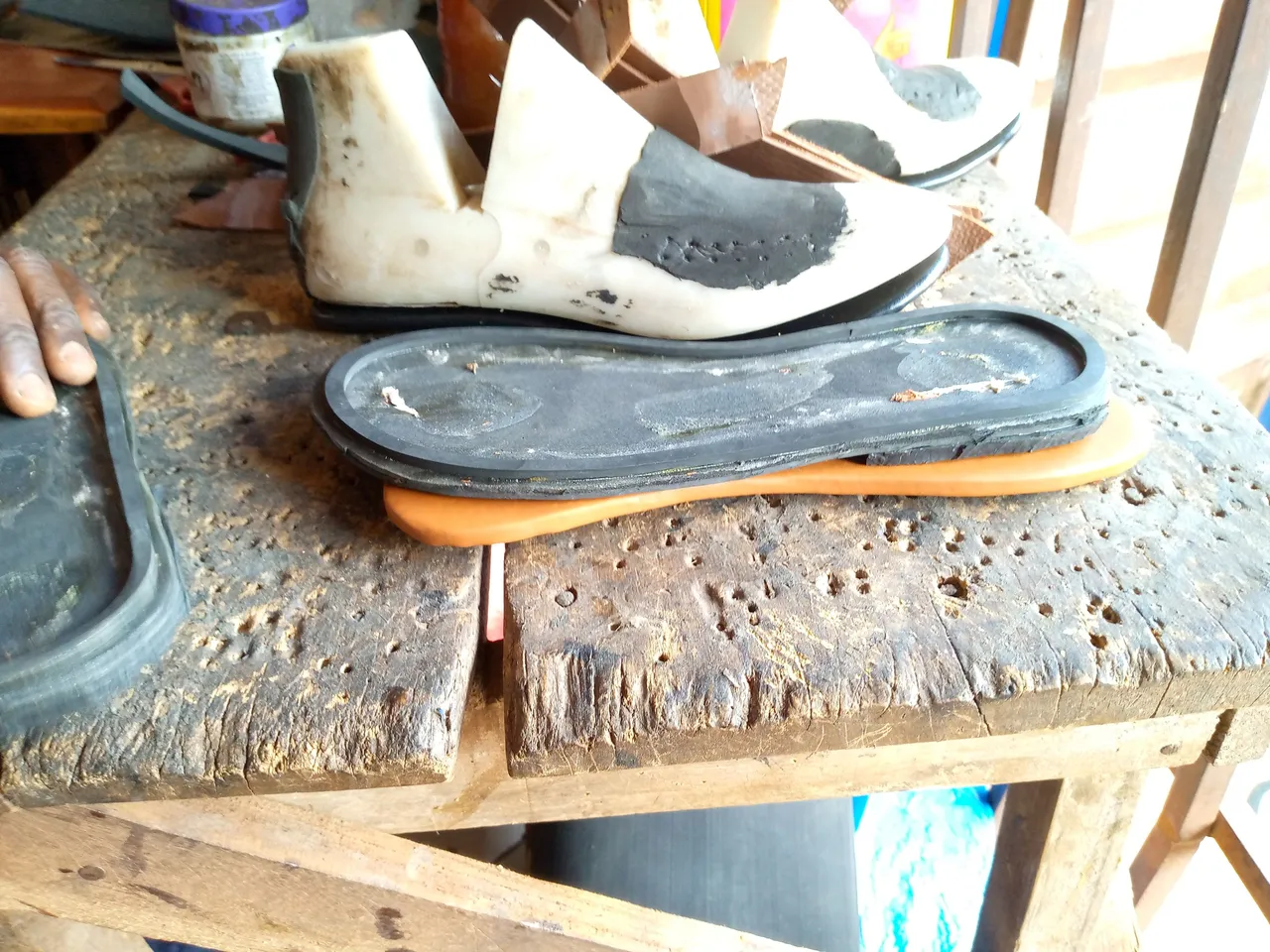
Lasing plier: the lasting plier is mostly used when making shoes, not during the making of sandals or slippers, and is used to drag back the upper layer of the leather during the fitting of the shoes so it won't squeeze or fold after completion.
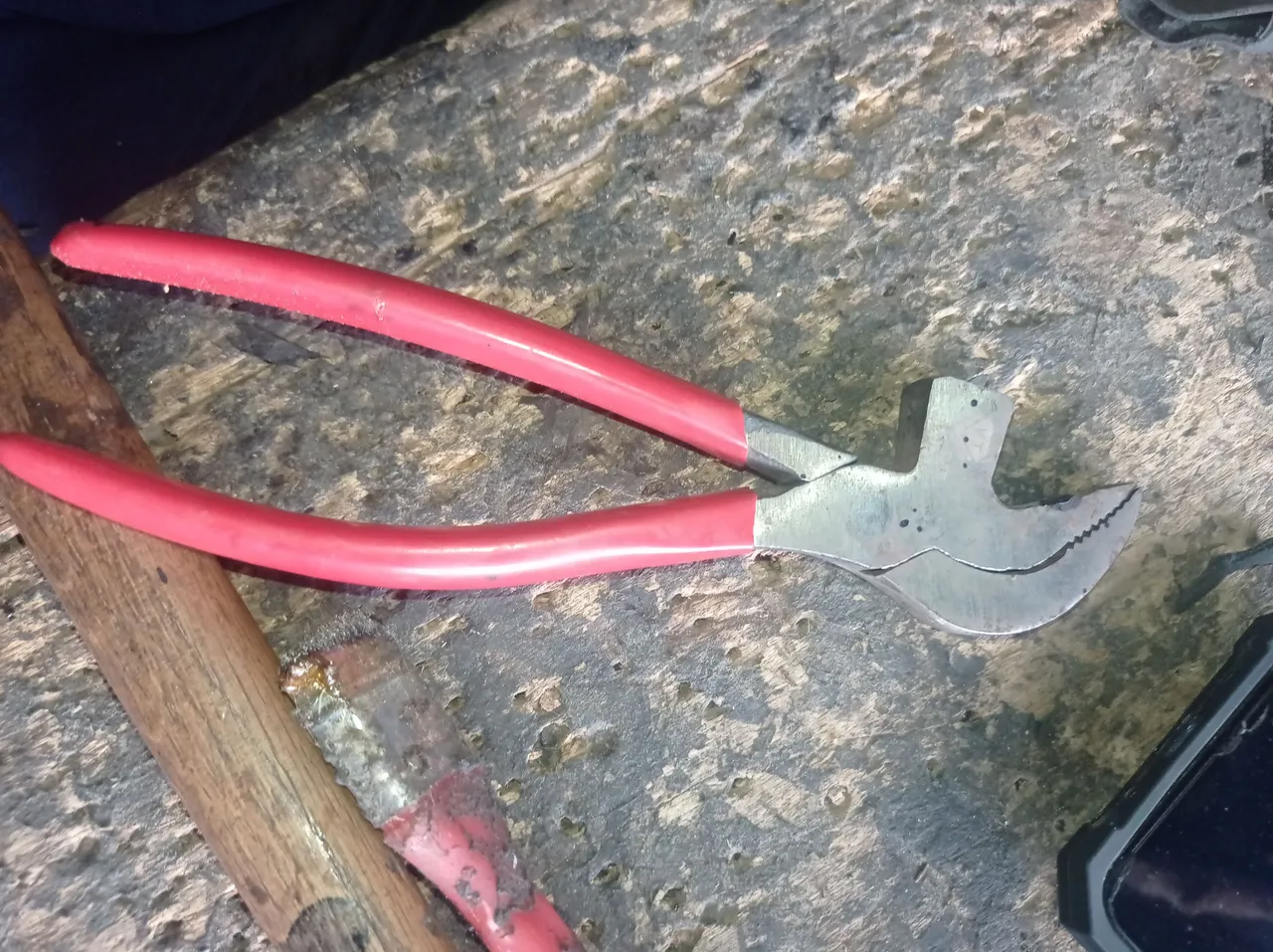
Filing machine: The filing machine is a very important tool when it comes to making shoes. You always have to file all around the surface of a sole and leather for the gum to work effectively and let both materials join firmly.
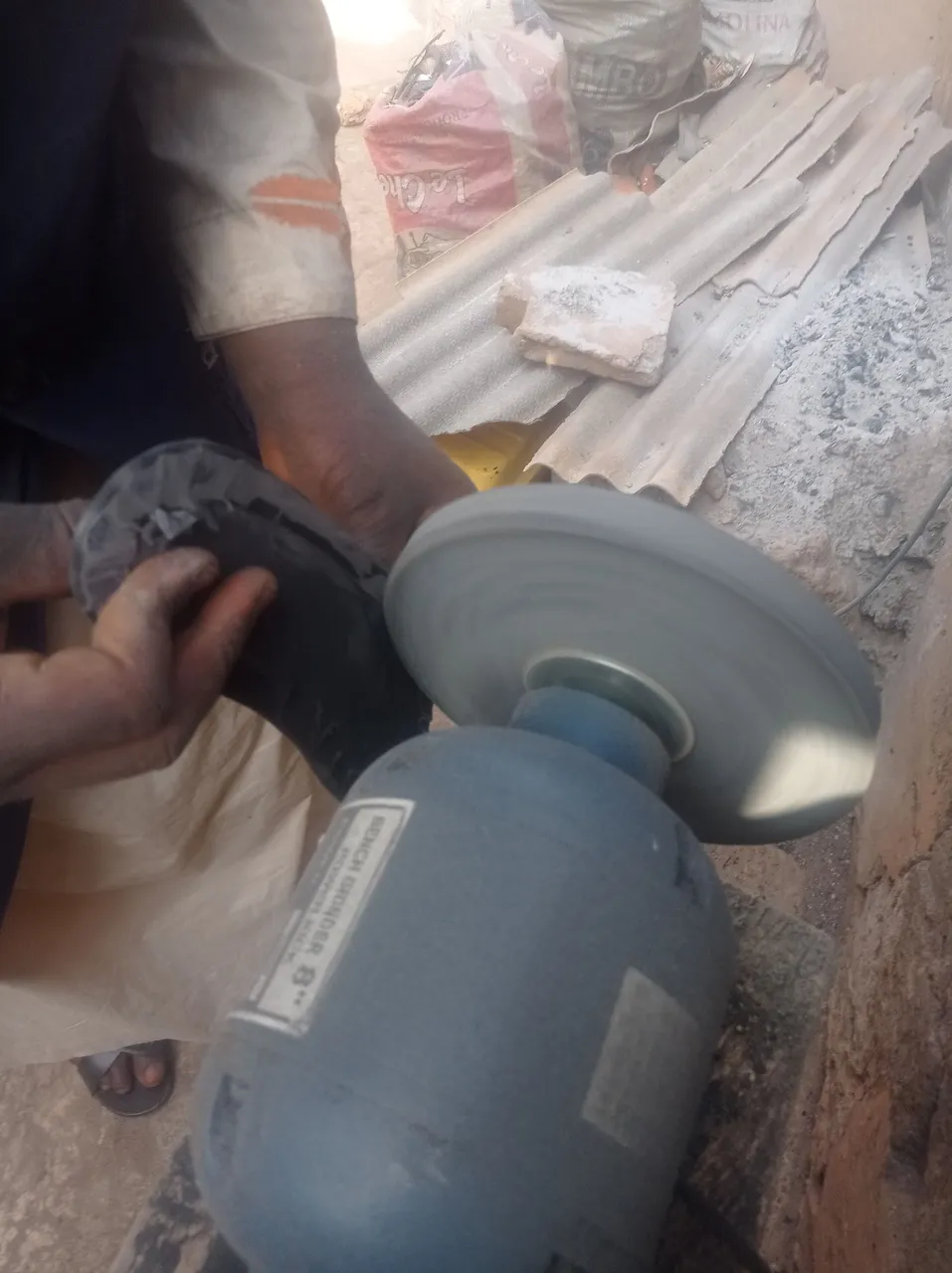
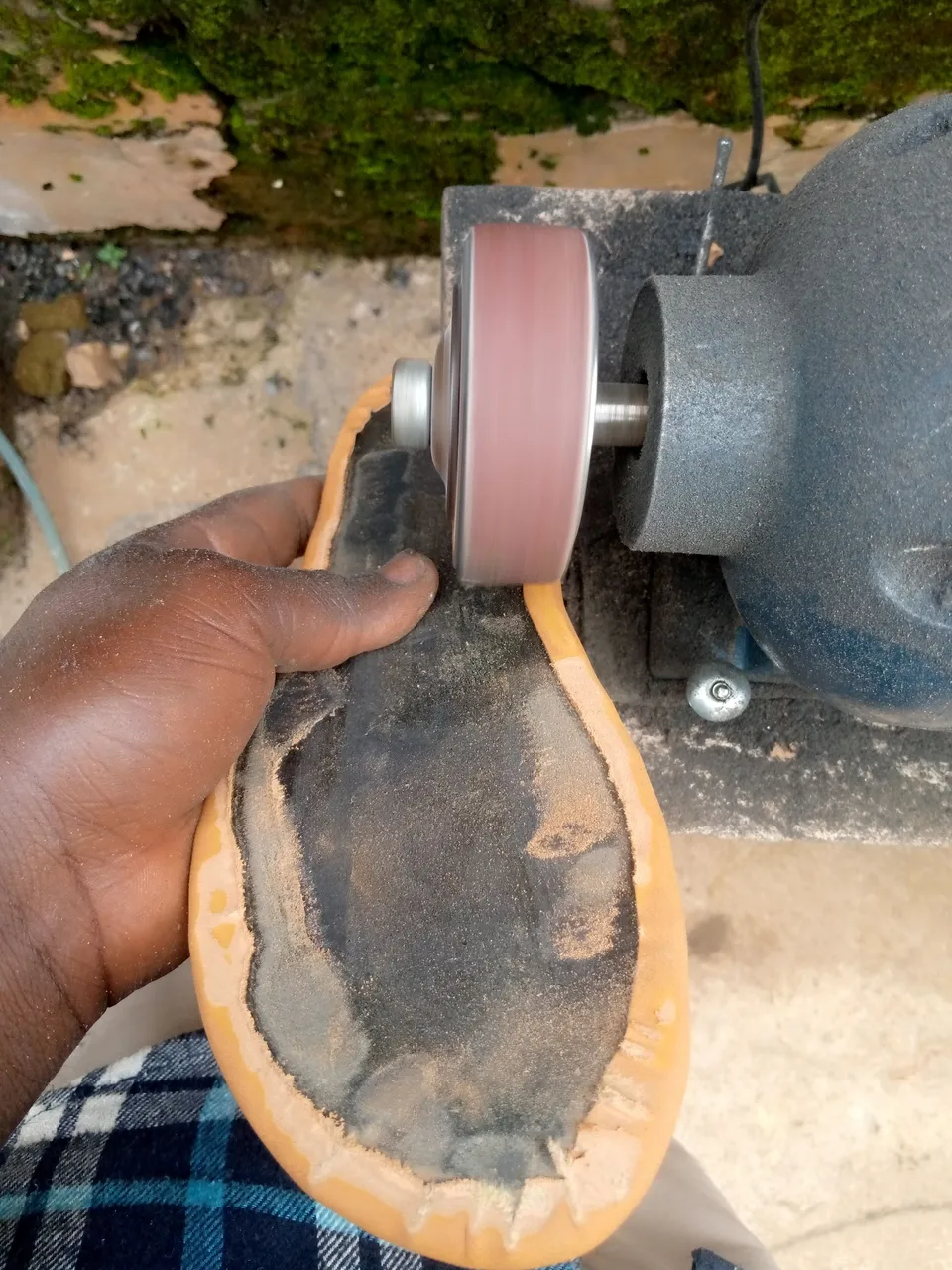
Sewing machine: the sewing machine is great and is used to sew around leather, insoles, and other fabric during the design and making of shoes and other footwear.
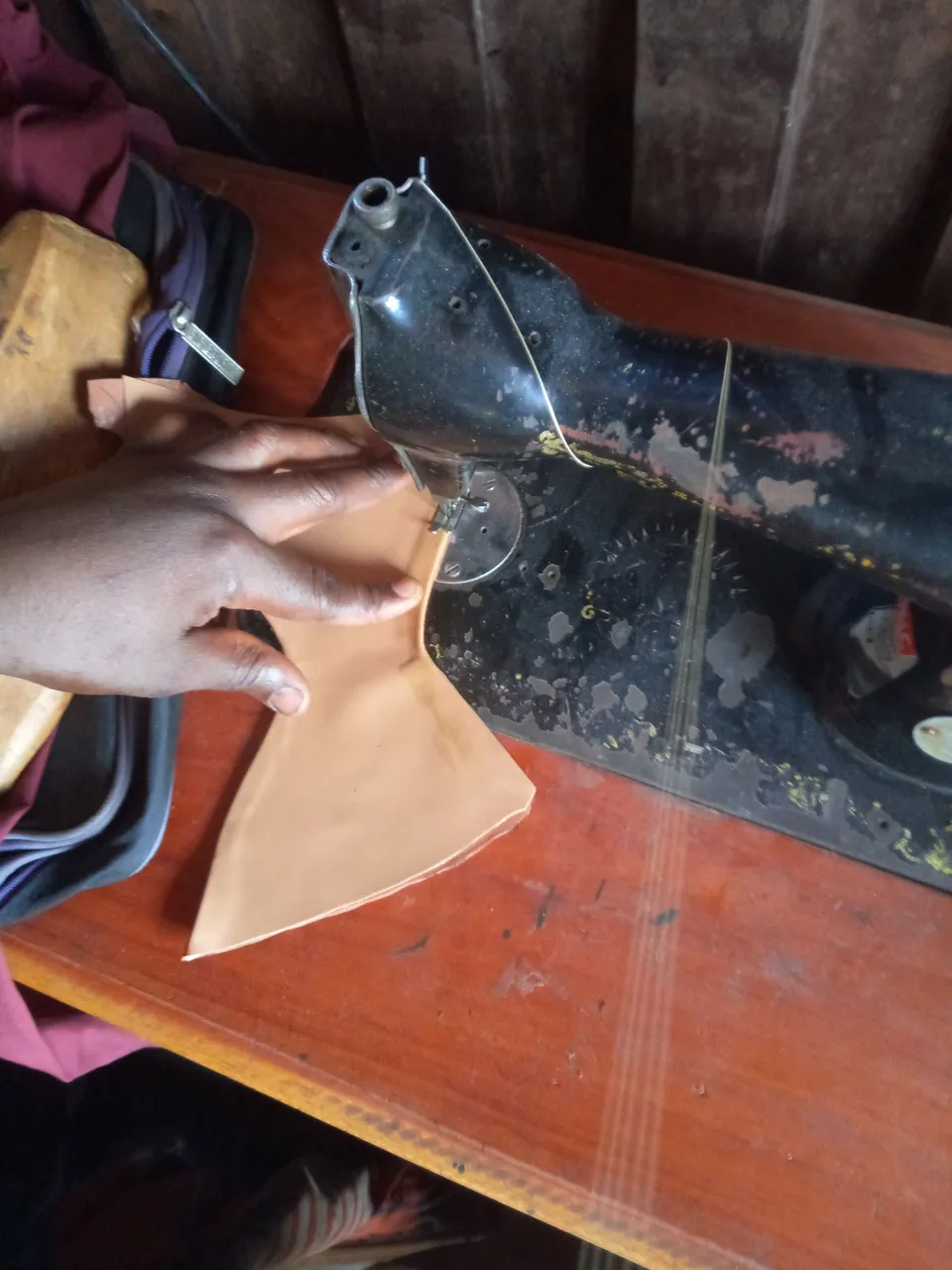
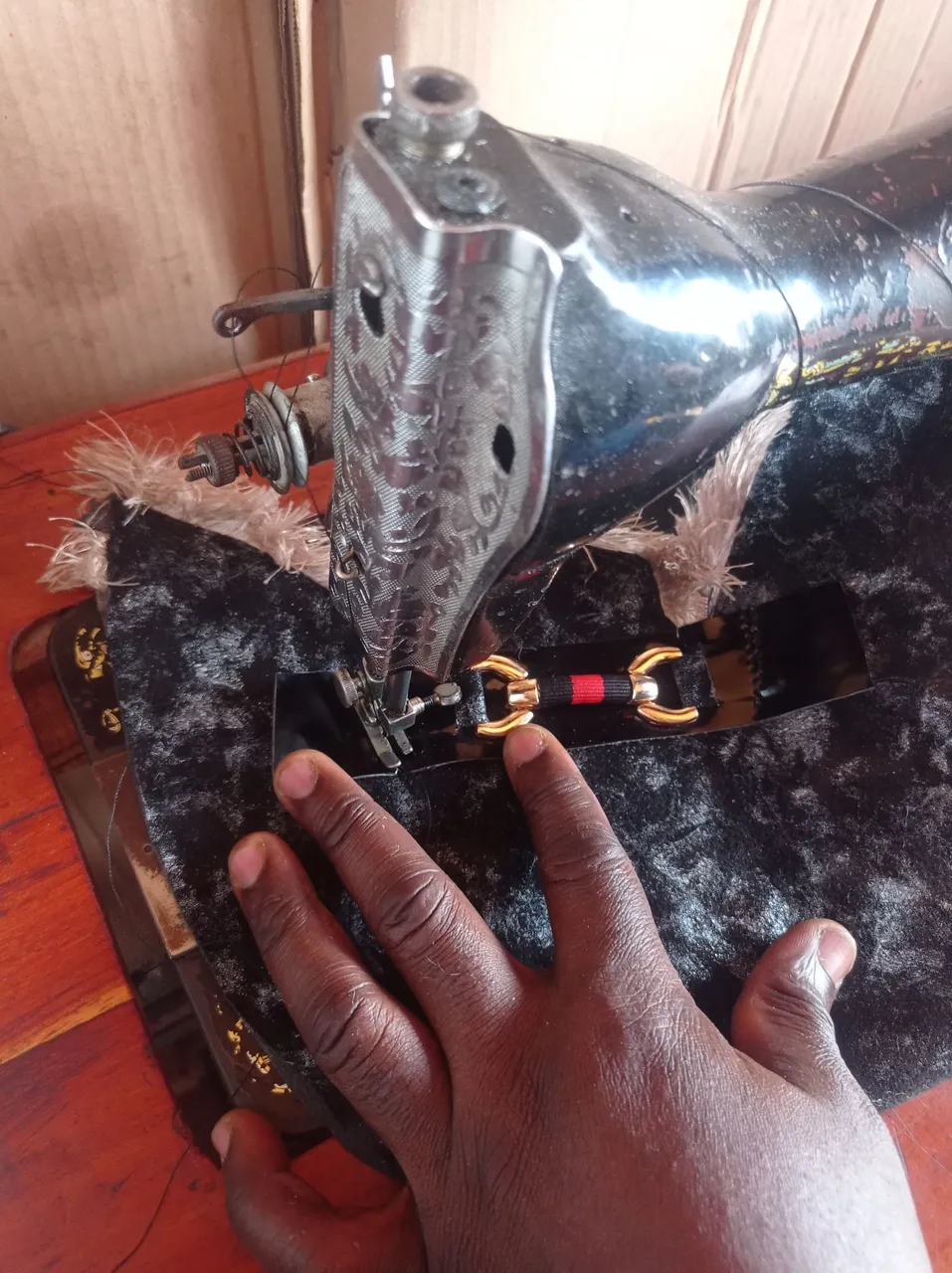
I'm a big fan of making and designing different crafts, and given the situation of things and how difficult it's to get a sustainable white collar job now, I think it'll be an idea for me to pass this knowledge on to my children and young ones so they can possess these skills, and hopefully they won't have to pay to make footwear for themselves, and who knows, they can also use the skills to earn themselves some cool cash for sustainability.
All photos are mine.